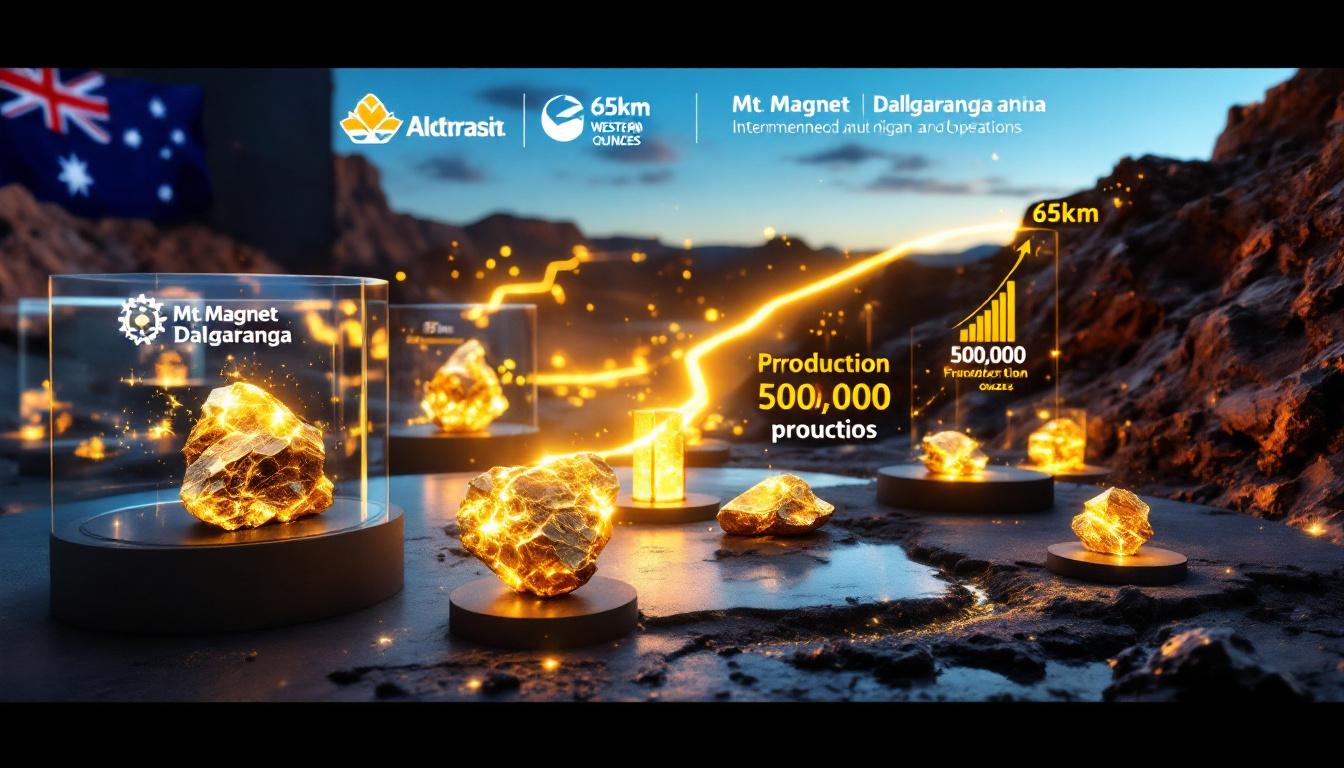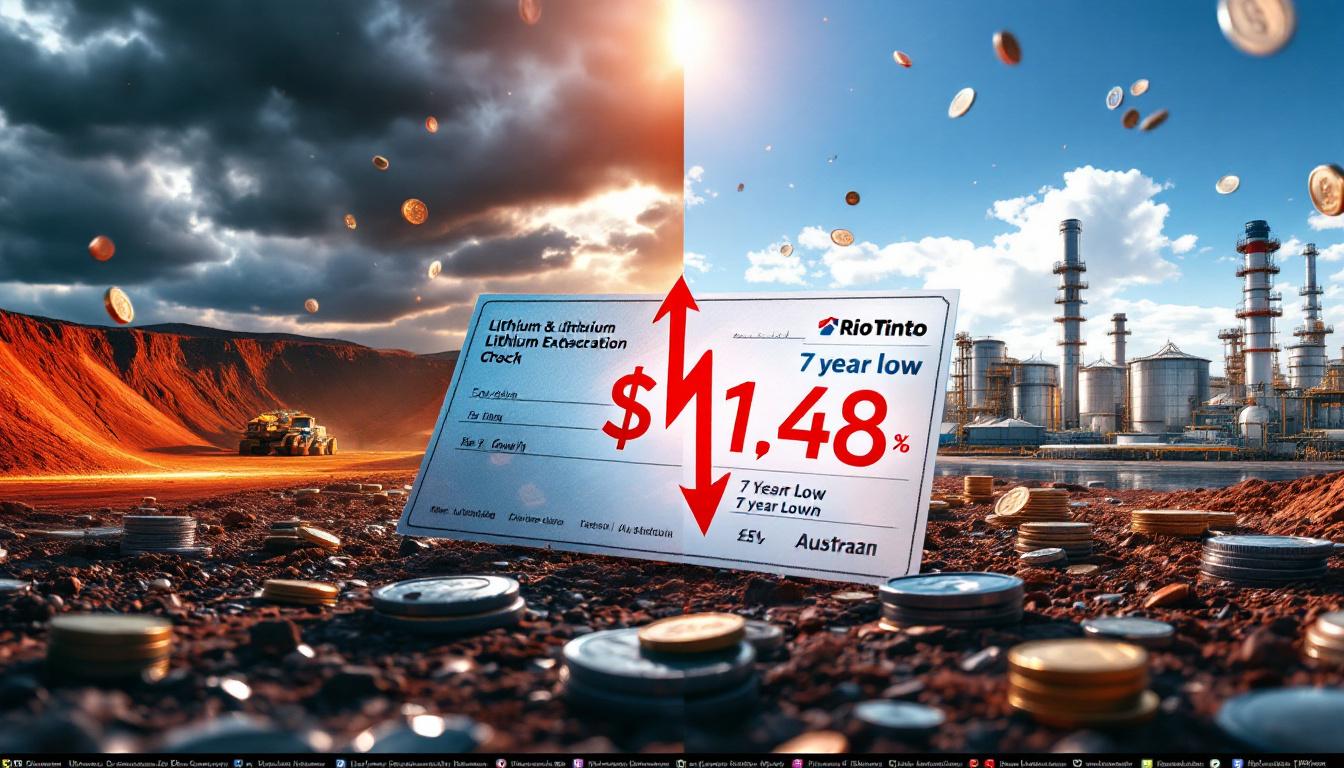What's Happening in the Shanghai Zinc Market?
The Shanghai zinc market is currently experiencing a notable downturn in transaction activity as cautious sentiment prevails among downstream buyers. According to the latest data from Shanghai Metal Market (SMM), mainstream transaction prices for standard 0# zinc are concentrated in the range of 21,995-22,110 yuan/mt as of June 2025, while premium brands command higher prices in a stratified market.
Market observers have noted that premium-quality Shuangyan zinc is currently trading at 22,195-22,310 yuan/mt, commanding a significant 200 yuan/mt premium over standard grades. Meanwhile, 1# zinc transactions are primarily occurring at 21,925-22,040 yuan/mt, establishing the lower boundary of the current price range.
Price Structures and Premium Dynamics
The current zinc market exhibits a complex premium structure that reveals much about underlying supply-demand dynamics:
- Morning trading sessions have seen spot premiums of -10~0 yuan/mt against average prices, indicating hesitant buying interest
- Second trading session premiums against the SHFE 2507 (July 2025) futures contract show distinct tier pricing:
- Ordinary domestic zinc: +130 yuan/mt
- Baiyin zinc: +150 yuan/mt
- Spanish zinc: +90~100 yuan/mt
- Shuangyan brand: +330 yuan/mt
The significant premium commanded by Shuangyan zinc (+330 yuan/mt against futures) reflects its superior metallurgical properties and consistent quality, making it preferred for high-precision applications in electronics manufacturing and specialized alloys. This substantial premium highlights the market's willingness to pay for quality despite overall sluggish conditions.
"The price differentiation between zinc grades has become more pronounced during this period of market uncertainty, with premium brands maintaining stronger valuations despite the overall hesitancy in the market," notes SMM's market analysis.
Why Are Zinc Transactions Declining?
The current slump in transaction volumes represents a month-over-month decline that can be attributed to several interconnected factors creating a perfect storm of buyer hesitancy.
Buyer Sentiment and Market Psychology
The zinc market is currently characterized by a pronounced wait-and-see attitude among downstream purchasers. This calculated restraint follows a day of relatively active purchasing, resulting in a measurable month-over-month decline in spot transaction volumes. SMM reports indicate that buyers who made purchases on June 19th have deliberately paused acquisition activities on June 20th, suggesting strategic inventory management rather than immediate operational needs.
This tactical purchasing behavior reflects sophisticated risk management by downstream manufacturers who are:
- Maintaining minimal necessary inventory levels
- Timing purchases to coincide with perceived price advantages
- Limiting exposure to potential market volatility hedging
- Preserving capital amid uncertain demand forecasts
Supply Chain Pressures
Several market dynamics are creating structural challenges throughout the zinc supply chain:
- Futures market volatility: Price fluctuations in the SHFE zinc contracts are creating significant uncertainty around fair valuation
- Selling resistance: Traders are experiencing increasing difficulties moving inventory, creating a potential backlog in the distribution channel
- Weakening premiums: The continued fall in domestic spot premiums serves as a key indicator of deteriorating market sentiment
- Inventory accumulation: The combination of hesitant buyers and selling difficulties suggests a gradual inventory buildup that could further pressure prices
The shift from morning session average-price benchmarks to futures-linked premiums in the second trading session demonstrates how market participants are adapting their liquidity strategies in response to intraday volatility. This tactical repositioning reveals sophisticated risk management but also signals underlying uncertainty.
How Does This Compare to Historical Zinc Market Patterns?
While the current month-over-month decline in transaction volumes is clearly established in SMM data, placing this trend within broader historical context provides valuable perspective for market participants.
Seasonal Trends in Zinc Market Activity
Historically, the zinc market often experiences cyclical patterns tied to industrial demand and construction seasonality:
- Mid-year transitions: The June-July period typically sees recalibration as first-half projects conclude and second-half planning begins
- Price consolidation phases: Current premium declines align with historical patterns of demand moderation following periods of active procurement
- Inventory cycle effects: The current trader selling difficulties suggest a potential inventory adjustment phase that typically precedes price stabilization
Looking at previous market cycles, declining spot premiums have often signaled a temporary rebalancing rather than a fundamental market shift. The current pattern of downstream buyers purchasing one day and pausing the next demonstrates the just-in-time procurement strategies that have become increasingly common in zinc-consuming industries.
Supply-Demand Balance Indicators
Several key metrics help contextualize the current market conditions:
- Spot premium trajectory: The continuing decline in premiums suggests demand weakness relative to available supply
- Brand premium differentials: The maintenance of significant premiums for quality brands (e.g., Shuangyan at +330 yuan/mt) indicates that specialized applications remain relatively insulated from general market hesitancy
- Trading session behavior: The shift to futures-based premiums in the second session reveals market participants actively adapting pricing mechanisms to manage risk
The differential between premium brands and standard grades serves as a particularly valuable indicator, as it helps distinguish between generalized market sentiment and application-specific demand resilience.
What Factors Are Influencing Zinc Prices in Shanghai?
The zinc market operates within a complex ecosystem of macroeconomic forces and industry-specific dynamics that collectively shape price movements and market sentiment.
Macroeconomic Considerations
While broader economic factors are not explicitly quantified in the current SMM data, several important influences are likely impacting zinc market dynamics:
- Industrial activity metrics: Manufacturing Purchasing Managers' Index (PMI) and construction sector data serve as leading indicators for zinc demand
- Monetary policy effects: Interest rate environments influence inventory carrying costs and speculative positioning
- Currency valuations: Yuan/USD exchange rates impact the relative competitiveness of domestic versus imported zinc
- Energy market dynamics: Power costs significantly affect smelter operations and production economics
The futures market volatility mentioned in SMM reporting often reflects these broader macroeconomic uncertainties being priced into zinc contracts.
Industry-Specific Influences
Several zinc-specific factors are creating the current market conditions:
- Smelter production economics: The balance between concentrate availability, treatment charges, and output decisions
- Downstream inventory management: Just-in-time procurement strategies limiting large-scale buying
- Quality premiums: The substantial premium for Shuangyan zinc (+330 yuan/mt) indicates continued demand for specialized applications despite general market hesitancy
- Trader positioning: Difficulties in selling suggest potential oversupply in certain distribution channels
The varying premiums across different zinc brands provide crucial insight into demand segmentation. While Spanish zinc commands premiums of +90~100 yuan/mt against futures, Shuangyan's +330 yuan/mt premium reveals the market's willingness to pay significantly more for higher quality material destined for specialized applications such as high-grade galvanizing, die-casting, and brass production.
What's the Outlook for Shanghai Zinc Prices?
While definitive price forecasts remain challenging in volatile markets, analyzing current indicators provides valuable directional insights for market participants.
Short-Term Price Indicators
Several near-term signals suggest caution is warranted:
- Continuing premium erosion: The documented decline in spot premiums points to further potential weakness if the trend continues
- Trader selling difficulties: Challenges moving inventory could force price concessions to stimulate transactions
- Tactical buyer behavior: The wait-and-see approach by downstream purchasers suggests limited urgency that could pressure sellers
- Price support levels: The current 1# zinc floor of 21,925 yuan/mt may serve as a psychological support level
The strategic pause in purchasing after active buying the previous day indicates sophisticated inventory management by downstream consumers who are timing their market participation based on perceived value opportunities.
Medium-Term Considerations
Looking beyond immediate market conditions:
- Inventory dynamics: Current selling difficulties could lead to inventory buildup that requires price adjustments to clear
- Production responses: Sustained weak demand could eventually trigger smelter output reductions to rebalance the market
- Quality segment resilience: The substantial Shuangyan premium suggests specialized applications may sustain demand despite general market weakness
- Futures curve structure: The relationship between near-term and deferred contracts provides important signals about market expectations
The current futures market volatility mentioned in SMM reporting indicates significant uncertainty about price direction, with market participants actively adjusting strategies as evidenced by the shift to futures-based premiums in the second trading session.
How Should Market Participants Navigate Current Conditions?
The current market environment requires nuanced strategies tailored to each participant's position in the supply chain.
Strategies for Downstream Buyers
Zinc consumers face both challenges and opportunities in the current market:
- Strategic purchasing timing: The documented buyer behavior of alternating between active purchasing and wait-and-see approaches suggests a deliberate strategy of timing acquisitions to coincide with price weakness
- Premium brand considerations: Despite paying higher premiums, certain applications may benefit from the consistent quality of premium brands like Shuangyan, particularly for critical components
- Hedging opportunities: The active futures market provides opportunities to lock in forward prices during periods of volatility
- Inventory optimization: Maintaining minimal necessary inventory while being prepared to capitalize on price dips represents a balanced approach
Savvy buyers are likely to continue their demonstrated pattern of tactical purchasing, buying on perceived weakness while maintaining disciplined inventory management.
Approaches for Traders and Producers
Those on the supply side of the market face different strategic imperatives:
- Quality differentiation: The substantial premiums for high-quality brands demonstrate the value of maintaining stringent quality standards
- Premium structure adjustments: The documented range of premiums from +90 to +330 yuan/mt against futures suggests room for tactical premium adjustments to stimulate transactions
- Production planning: Aligning output with realistic near-term demand expectations helps prevent inventory buildup
- Risk management: Utilizing the futures market for hedging production can provide margin protection during volatile periods
The current difficulties in selling reported by SMM suggest traders may need to consider more flexible pricing approaches or enhanced service offerings to differentiate their offerings in a hesitant market. As the mining industry evolution continues, producers must adapt to changing market dynamics.
FAQ: Shanghai Zinc Market Conditions
What is causing the current sluggishness in zinc purchases?
The current wait-and-see sentiment among downstream buyers appears to be driven by several interconnected factors:
- Recent purchasing activity that has temporarily satisfied immediate requirements
- Futures market volatility creating uncertainty about fair value
- Strategic inventory management optimized for just-in-time operations
- Potential concerns about end-use demand that discourage stockpiling
This calculated restraint reflects sophisticated risk management rather than fundamental demand destruction, as evidenced by the pattern of active buying followed by strategic pauses documented in SMM reporting. The situation parallels what we've seen with iron ore price trends in recent months.
How do different zinc grades compare in the current market?
The Shanghai zinc market exhibits significant price stratification based on grade and brand:
- Premium brands like Shuangyan: Command approximately 200 yuan/mt more than standard grades (22,195-22,310 yuan/mt vs. 21,995-22,110 yuan/mt for 0# zinc)
- Standard 0# zinc: Serves as the benchmark grade with mainstream transaction prices of 21,995-22,110 yuan/mt
- 1# zinc: Trades at a slight discount to 0# zinc at 21,925-22,040 yuan/mt
These differentials reflect not just chemical composition but also consistency, reliability, and suitability for specific downstream applications. The substantial premium for Shuangyan (+330 yuan/mt against futures) versus Spanish zinc (+90~100 yuan/mt) demonstrates the market's valuation of quality differences.
What do declining spot premiums indicate about market conditions?
The continued fall in domestic spot premiums reported by SMM provides important market insights:
- Supply-demand imbalance: Weakening premiums typically indicate supply exceeding immediate demand
- Selling pressure: Traders experiencing difficulties in selling may be accepting lower premiums to move inventory
- Buyer leverage: The wait-and-see approach gives downstream purchasers increased negotiating power
- Sentiment indicator: Premium erosion often precedes potential price adjustments in the underlying metal
While premiums represent a relatively small component of the total zinc price, their directional movement serves as a leading indicator of broader market sentiment and potential price trends. These dynamics are also influenced by broader commodity trading assets movements.
How might seasonal factors influence zinc market activity?
While specific seasonal data isn't explicitly quantified in current SMM reporting, zinc markets typically follow certain cyclical patterns:
- Construction cycle effects: Infrastructure and construction projects often follow seasonal patterns that impact galvanized steel demand
- Automotive production schedules: Vehicle manufacturing cycles influence die-casting and galvanizing requirements
- Inventory positioning: Traders and consumers often adjust stock levels seasonally to prepare for anticipated demand shifts
- Maintenance periods: Smelter maintenance schedules can create temporary supply adjustments during specific seasons
The current June market conditions occur at a traditional transition point between first-half and second-half planning cycles, potentially contributing to the documented wait-and-see approach as market participants evaluate second-half demand prospects. Similar patterns have been observed in the iron ore price decline scenario playing out in parallel markets.
Ready to Stay Ahead of Critical Mineral Discoveries?
Don't miss out on potentially lucrative investment opportunities in the mining sector. Explore Discovery Alert's proprietary Discovery IQ model that provides instant notifications on significant ASX mineral discoveries at https://discoveryalert.com.au/discoveries/ and gain a market-leading edge with actionable insights.




